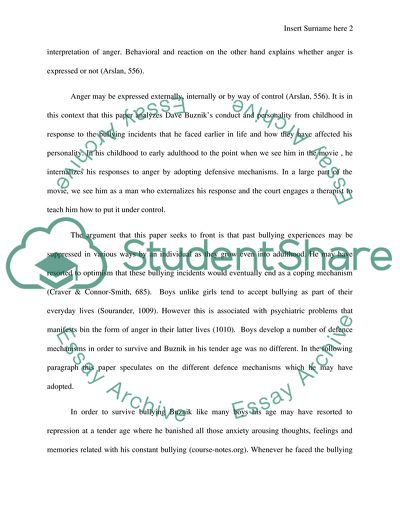Cite this document
(Personality of Dave Buznik Portrayed in the Comedy Movie Anger Review Example | Topics and Well Written Essays - 1500 words, n.d.)
Personality of Dave Buznik Portrayed in the Comedy Movie Anger Review Example | Topics and Well Written Essays - 1500 words. https://studentshare.org/psychology/1853715-personality
Personality of Dave Buznik Portrayed in the Comedy Movie Anger Review Example | Topics and Well Written Essays - 1500 words. https://studentshare.org/psychology/1853715-personality
(Personality of Dave Buznik Portrayed in the Comedy Movie Anger Review Example | Topics and Well Written Essays - 1500 Words)
Personality of Dave Buznik Portrayed in the Comedy Movie Anger Review Example | Topics and Well Written Essays - 1500 Words. https://studentshare.org/psychology/1853715-personality.
Personality of Dave Buznik Portrayed in the Comedy Movie Anger Review Example | Topics and Well Written Essays - 1500 Words. https://studentshare.org/psychology/1853715-personality.
“Personality of Dave Buznik Portrayed in the Comedy Movie Anger Review Example | Topics and Well Written Essays - 1500 Words”. https://studentshare.org/psychology/1853715-personality.


